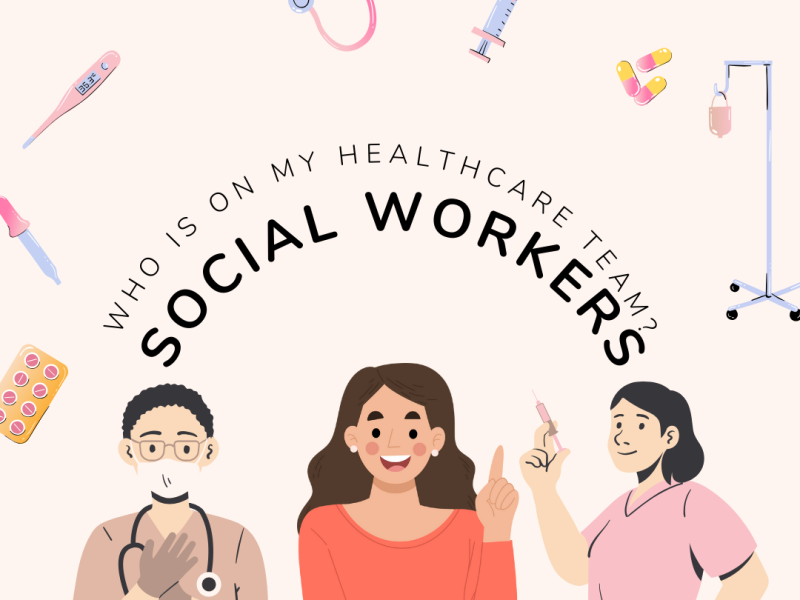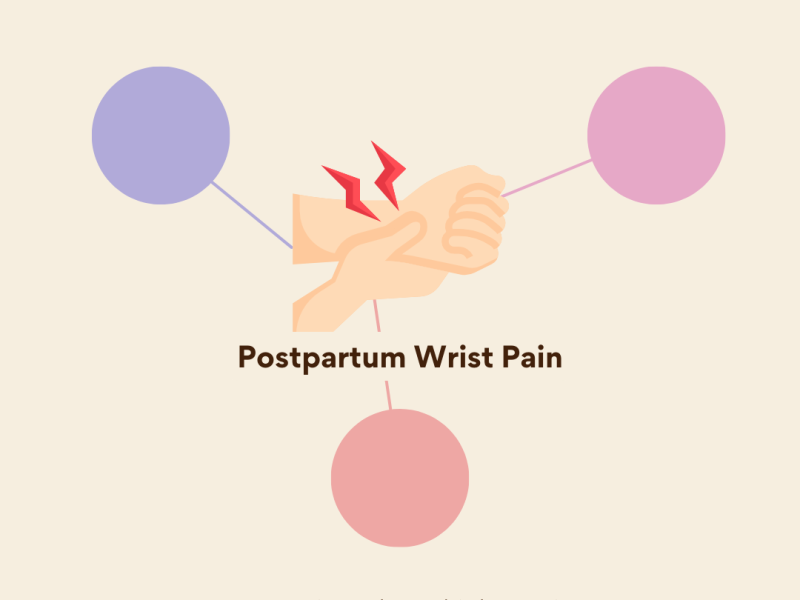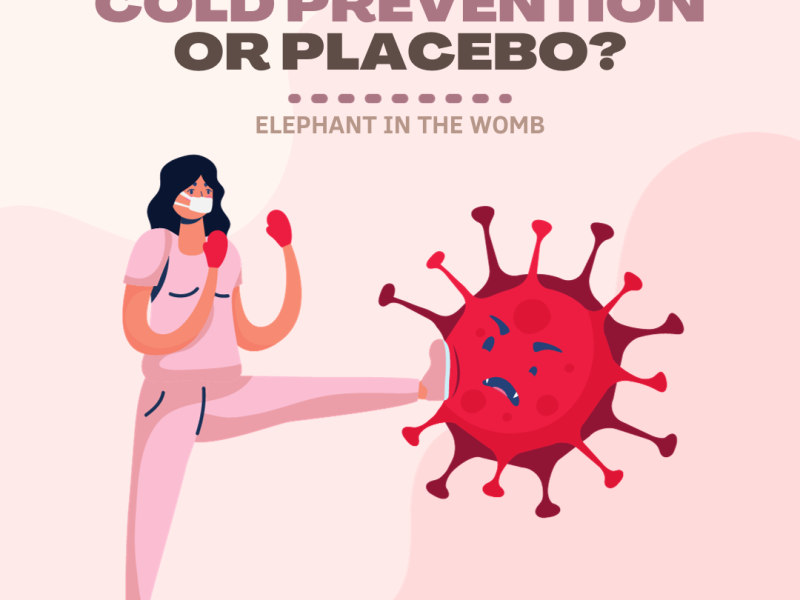Doing a postpartum/new parent education session recently, I was (not surprisingly) asked about measles. People are seeing it in the news and all sorts of places online, so it is natural to have questions – especially because many of us who are parents to very young children right now probably are not that familiar with measles if we live in Canada or even the US. Here is some information on measles in our usual format with some history and current events added for context.
Disclaimer: This blog is for informational purposes only, it is not medical advice nor should it be interpreted as such. If you have questions about yours or your child’s health, please seek medical advice from a trusted healthcare provider or a healthcare provider that is accessible to you.
What is measles and what ‘happened’ to it?
I find measles hard to talk about because, as I mentioned, many people in my millennial age range (and younger) are actually not that familiar with what it actually is because we have been so fortunate to have had access to a vaccine and not become familiar with it.
So before we can talk about what measles looks like, how it spreads and when to seek support – we have to first understand why it is in the news now and ‘where’ it was before it became a hot topic once again.
The History of Measles
Measles is not new, it’s actually very old – appearing first in records around the 9th century. In the 18th century, it was discovered that measles was indeed an infectious disease. By the 1950s, it was an expected illness for all children to have had by their early teens. In 1963, a vaccine for measles became available and by 1998 – Canada had eliminated measles. By 2000, the United States had also reached elimination status.
You can read more about the history of measles and the vaccine on this Center for Disease Control page, or on the World Health Organization page.
Before the vaccine, measles affected between 10,000 to 90,000 people per year in Canada. In the United States, it affected between 3 to 4 million people per year. And no, not all cases were mild – some resulted in hospitalization, complications and even death. Before the vaccine was available, it is estimated that measles accounted for 2.6 million deaths around the world each year.
What is it and how does it spread?

I’ll break down the signs/symptoms of measles in another section, but to give a quick overview – measles is a viral illness that is highly contagious, like many viral illnesses tend to be. Part of what makes it highly contagious is the way it spreads. Measles is an airborne illness – meaning breathing, coughing or sneezing can allow viral particles to escape and be suspended in the air on things like dust particles, water or respiratory droplets. They can move around and remain in the air for several hours in some cases.
Current Measles Outbreaks
Check the Public Health Agency of Canada Measles and Rubella Weekly Monitoring Page for updates on cases by every Friday.
As of the beginning of April, there were approximately 50 active cases of measles in Canada in 2024. In Ontario specifically, there have been 13 cases this year, most of which were associated with travel. In Ontario in 2023 there were only 7 total cases reported in the year, so this is a significant rise being it is only the first four months of 2024. Many of those with reported positive cases in Ontario have been unvaccinated (most, but not all).
If you search ‘measles outbreak’ and your province, country or location, you will likely find some data about nearby cases if available. These have been well covered in the news. Another good source of this data is your local Public Health Agency. The Toronto Star also is tracking cases in Southern Ontario here.
The rise of measles at this time is suspected to be related to poor measles vaccine uptake worldwide. This has been a sort of indirect impact of the COVID-19 pandemic, where we have seen immunization rates drop due to a handful of reasons. Canadians are mostly getting measles from travel, however some have been infected at home too. So, it’s definitely important to understand why vaccination against measles is important to help you make an informed decision – for yourself or with/for your family – about this health risk.
Measles Signs and Symptoms

Measles has an incubation period of up to 2 weeks – this means that you can be exposed and will not display symptoms right away. As you might imagine, this can make contact tracing related to measles difficult (contact tracing is identifying who you might have got it from, where and who have you been around since).
In the first days of the illness, measles may present with cold-like symptoms such as high fever, aches, runny nose and cough. Conjunctivitis (pink eye) is another common early symptom, with sensitivity to bright lights.
In the first few days, another common symptom is something called ‘Koplik spots‘ which are white spots on the inside of the mouth.
Within the first 5-7 days of symptomatic illness, a rash will appear which is the commonly known sign of measles. It is usually a flat, red spotted rash but there may be raised bumps too. It tends to begin on the face and neck areas, eventually spreading all the way to the feet and/or hands. When it spreads, the small dots tend to become joint and larger in appearance.
To see photos of the different symptoms, check the Center for Disease Control’s page on Measles.
The fever, which tends to be high, will often spike along side the rash.
What are the complications of measles?
Measles can have complications and they range from mild to severe. They tend to impact the youngest (age 5 and under), pregnant persons, those who are immune compromised, and those over age 20 the most often. So – compared to some illnesses, the complications can impact a wide variety of people.
Two common yet more mild complications of measles are ear infections and diarrhea. These would be managed as they are with other viral illnesses – ear infections would usually require a doctor’s visit and diarrhea can usually be managed at home unless it becomes severe, there are signs of dehydration, or other concerning symptoms. You can lean on your available resources – like virtual care clinics and nursing triage lines – to help support you in making a decision about when to seek help.
The severe complications that are associated with measles include pneumonia and encephalitis, which is a swelling of the brain. Pneumonia related to measles is associated with a higher risk of mortality for children. Encephalitis can cause long-term complications, such as deafness. Both are associated with a higher risk for hospitalization, which comes with a slew of other risks of exposure.
These risks to children highlight the importance of vaccination against measles – which, alone, may seem mild – but can easily become complicated and high risk.
For pregnant persons – the risk of measles is highest for those who have not been vaccinated against it. Catching measles when pregnant can result in premature birth and/or low-birth weights. Considering vaccination prior to becoming pregnant is therefore an important part of pre-pregnancy planning.
In addition to these complications there is one very rare complication of measles – and although very rare, you know I like to be exhaustive. It is called subacute sclerosing panencephalitis (SSPE) and is fatal. It does not develop until 7-10 years after a measles infection and involves prolonged brain swelling. You can read more about SSPE if you’re curious here.
When and Where You Can Seek Assistance

I have been exposed to measles or think that I may have measles (or my child has been exposed/I think they may have measles).
If you suspect you have been exposed to an active measles case, you should first monitor for any symptoms of measles (within those first 10-14 days after the exposure).
Before going to an office – you should call first and tell your provider that you suspect you have had an exposure. They will then provide you with next steps. This call is extremely important for those who are at higher risk of complications to measles, including pregnant persons. If an assessment is warranted, some clinics may be able to do this by blocking off time and ensuring that no one else (other patients) is at risk of exposure.
If you do not have a regular healthcare provider, you can use one of the services I described above – like virtual care or Health 811 (or similar nurse triage service). Do not go into a clinic before making a call to receive next steps, as you could then be exposing others to the virus.
Your healthcare provider or a healthcare provider will either check your vaccination records or have you do a blood test to see if you are immune if your vaccination status is unknown. They can also send you to have testing to see if you have an active case of measles if suspected – this can be done several ways including nose and throat swabbing or urine testing, sometimes blood testing as well.
Your healthcare provider or the healthcare provider you see will provide you with next steps in terms of isolating and reducing risk of spread (wearing a mask). If you have not been vaccinated, MMR vaccine is usually a suggestion within these conversations.
I have measles and I am experiencing severe symptoms or complications (my child has measles and they are experiencing severe symptoms or complications).
As usual, that ‘mom gut’ or ‘parent gut’ is a good instinct to lean on. If your child has a confirmed case of measles and seems more unwell than expected (as per expectations reviewed with you by your/a provider) you should seek additional assistance. Triage lines are good first step if it is not an emergent issue. You can also use these resources to ask questions that arise that you did not get answered at an appointment. Calling first – no matter where you are going – is ideal because of the risks of spread with this illness.
There isn’t treatment specifically for measles however, there are supportive measures for symptoms like runny nose, cough and fever (I’ve reviewed these many times on the blog on posts about other viral illnesses in the daycare outbreak/sick day management series).
Ensuring that you or your family member remains hydrated is also very important due to the risk of diarrhea as a complication of measles and therefore, an increase risk of dehydration.
Preventing Measles and Spread

The best way to prevent measles and its spread is to get vaccinated against it. Measles is given at 1-year (known as MMR vaccine) and boostered (given again) between 4-6 years of age (in Ontario, this is called MMR-V and includes the varicella/chicken pox booster too). With vaccination, immunity to measles is quite high and tends to last for life if both doses are received.
- If your child is not vaccinated, it is important to stay atop of news and outbreaks and avoid exposure where possible. During an outbreak at school, they may have to miss a significant amount of time to avoid exposure (approximately 21 days after the appearance of the last case’s rash), however this timeline should be discussed with your child’s provider/a provider. Concerns about missed school work due to this should be discussed with teachers.
- Some children cannot receive the vaccine due to contraindications. Speak to your provider about any additional steps you can take to prevent exposure and illness.
If you are travelling internationally with your baby who is under 12 months, MMR can be given early and is often being recommended this year for these cases to reduce risks. This is also the case if you are in an area with significant outbreak usually.
- A child who receives their MMR before 12 months would act as if they did not receive it (a.k.a. ‘dose zero’) in their schedule and would continue to receive the two other doses. Talk to your/a healthcare provider to see if this is an option available to your child who is under 12 months of age. This vaccine should be given 2 weeks before travel, however this recommendation may vary and its best to discuss timelines in advance of travel when possible.
As you can see from the history – this vaccination has been around quite a well and is known to be safe and effective across the age ranges. Any specific contraindications would be discussed with the provider who would be administering the vaccination and/or by your provider in initial conversations about this vaccine.
To prevent spread – people should isolate for at least 4 days after the appearance of a measles rash – this is the suggested timeline for return to childcare as well, in addition to any daycare/childcare policies or specific public health policies. The issue is that people are contagious up until this point, but it may be hard to identify measles before the rash.
- Due to its airborne spread, masks should also be worn, ensuring that they fit properly and are made of effective, protective material.
Additional Resources
Caring for Kids (Canadian Paediatric Society) – Measles
Canadian Immunization Guide – Measles Vaccines
Caring for Kids (CPS) – MMR vaccine
Center for Disease Control – Measles Signs and Symptoms
Public Health Ontario – Measles
Current News:





Leave a comment